

Load Forecasting Initiative
Load forecasting is key for many grid decisions across operational and planning timescales. This means that improving the forecasts can lead to improved outcomes, such as more efficient investment decisions and grid performance. However, load forecasting is becoming more complicated due to drivers such as electrification, extreme weather, changing customer behaviors and more. At the same time, these drivers are contributing to increased forecast uncertainty. There is therefore a need to evolve load forecasting and address the critical needs that exist across the industry.
The following three Load Forecasting Initiative workstreams aim to address these critical needs:
- Industry Coordination
- Long-Term Forecasting for Planning
- Short-Term Forecasting for Operations

Operations Forecasting with Wildfire Smoke: Trends and Resources
The frequency and severity of wildfires has increased in recent years, and smoke from these conflagrations has severe impacts. The most obvious impact is on air quality, but wildfires and the smoke they produce also have substantial effects on the electric grid. Wildfires can impact critical system infrastructure, and the resulting smoke can affect both supply and demand across broad regions, sometimes hundreds of miles downwind through its impacts on solar irradiance and temperature. This white paper focuses on the impact of smoke on the electric system where its biggest impact is to lower solar resources.
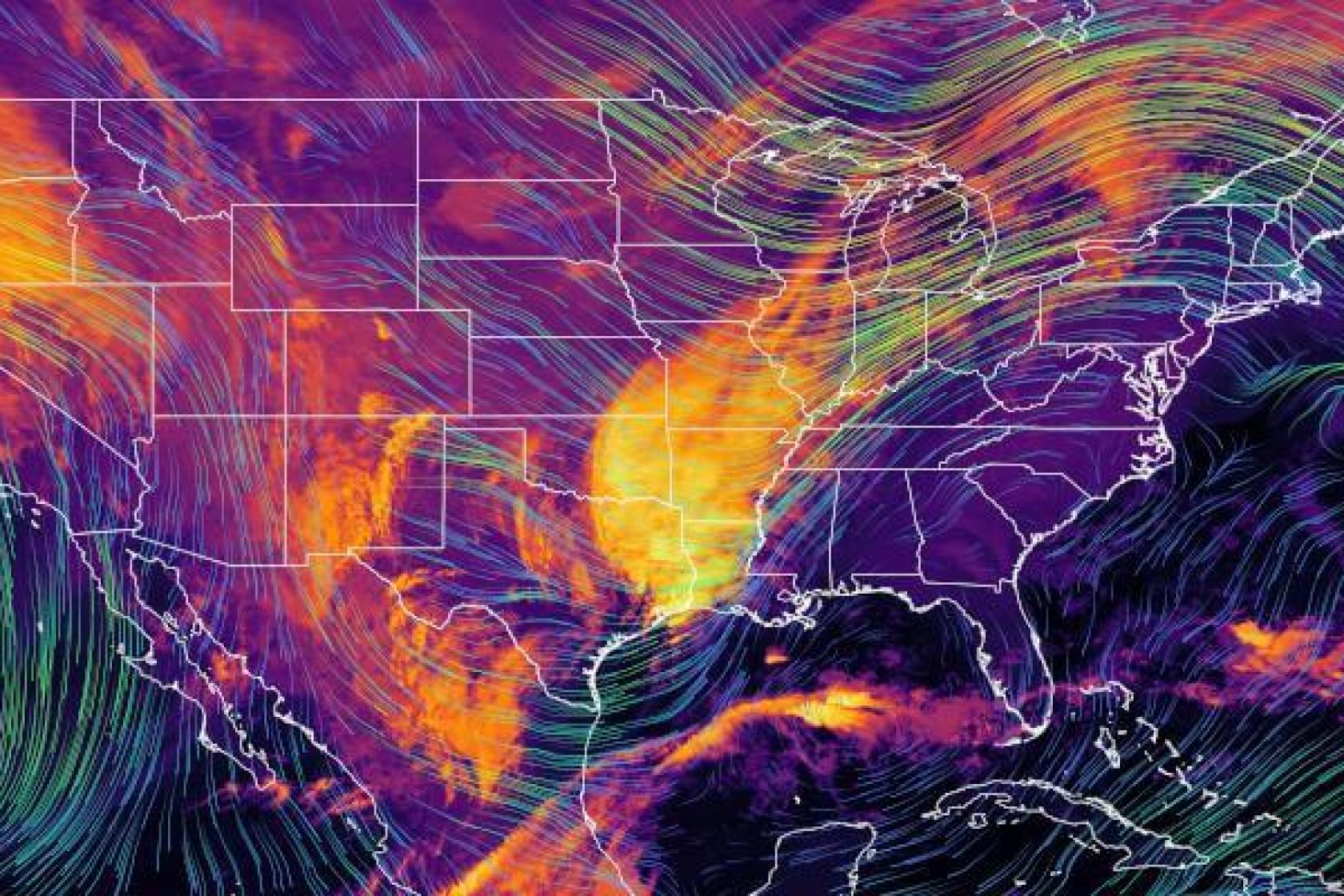
Quick Insights: AI Weather Prediction Models
Artificial Intelligence Weather Prediction (AIWP) models are emerging as a transformative alternative to traditional Numerical Weather Prediction (NWP) for providing weather forecasts to support electric utility operations. Unlike physics-based NWP models, AIWP use AI models trained on decades of historical data to generate forecasts based on learned patterns. While current AIWP models have limitations in configurability and variable coverage, rapid advancements—such as ECMWF’s AIFS and models from Google, Huawei, and Microsoft—are achieving skill comparable to or exceeding NWP for many metrics. For utilities, this shift promises faster, more accurate, and more frequent weather inputs for load and renewable generation forecasting, outage prediction, and extreme event planning. System operators should consider preparing to integrate AIWP outputs into operational tools, validate performance, and leverage ensemble capabilities for probabilistic decision-making.

Ensemble Load Forecasting for Operational Timescales
The accuracy of short-term load forecasts can directly affect system operation outcomes. Although modern forecast methods are accurate on average, they can struggle to predict load during extreme events such as Winter Storm Elliot in December 2022. We propose a methodology to improve short-term load forecasting during extreme events based on improving the data used to train the forecast models. The methodology uses data augmentation, a technique for increasing training data diversity that has a history of success for a variety of artificial intelligence/ machine learning (AI/ML) applications. In addition, although we use Winter Storm Elliot as our motivating example, the methodology can also be applied for other types of extreme events—such as heat waves and wildfires.
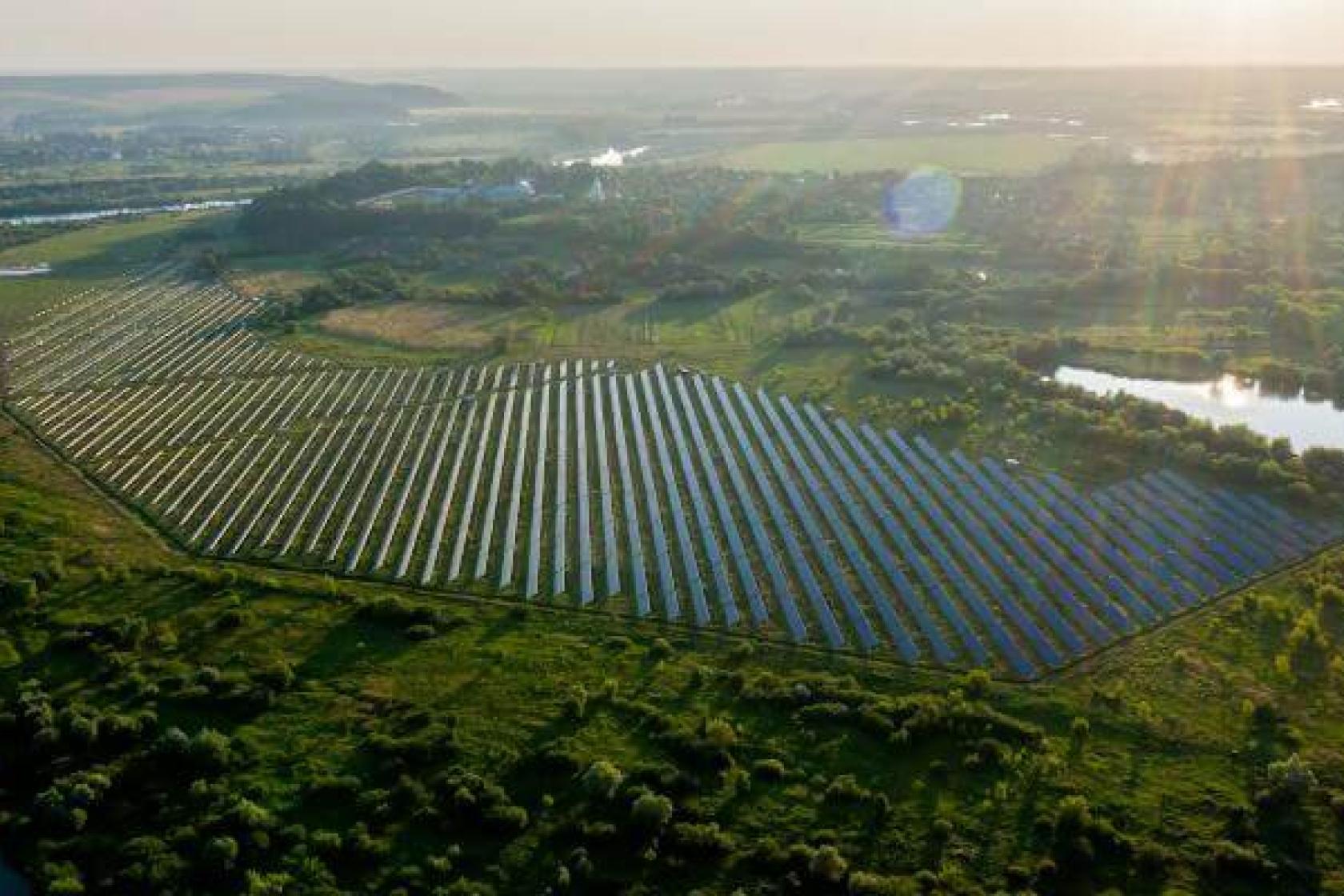
Forecast Trials using the Forecast Arbiter: A Utility Case Study in the Southeast United States
This report presents a case study of a solar forecasting trial conducted by EPRI using the Solar Forecast Arbiter, an open-source platform designed for objective evaluation of short-term solar, wind and load forecasts. The trial involved nine commercial forecast providers submitting forecasts on a recurring basis for four geographically diverse PV sites over a three-month period. The Forecast Arbiter enabled secure data exchange, automated evaluation workflows, and anonymized vendor comparisons, supporting both error-based metrics and relative performance assessments against reference forecasts. Results highlighted significant variability in forecast accuracy across providers, sites, and horizons, with some vendors outperforming baseline models by substantial margins.
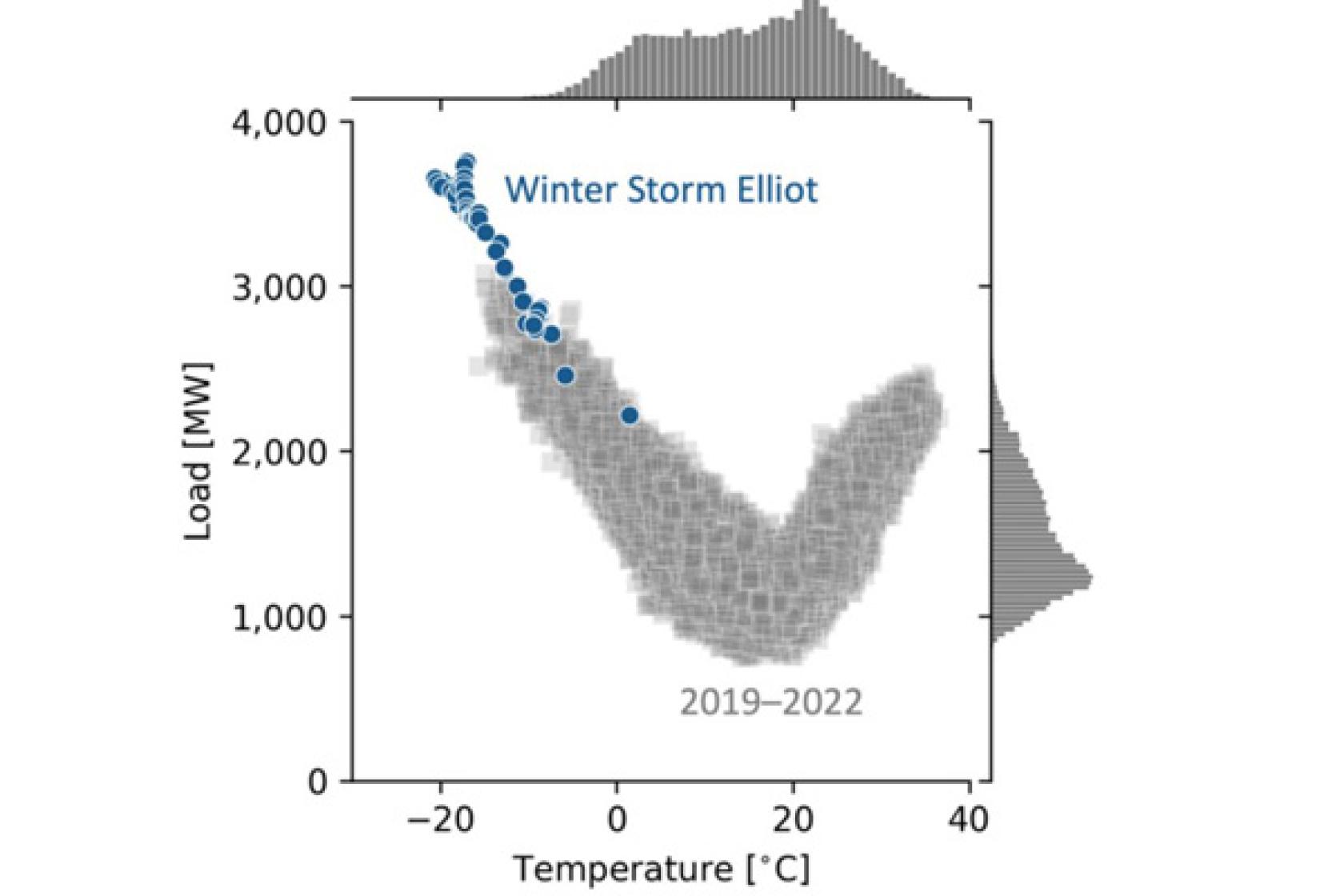
Whitepaper on Load Forecasting for Operation Timescales: Data Augmentation and Extreme Events
The accuracy of short-term load forecasts can directly affect system operation outcomes. Although modern forecast methods are accurate on average, they can struggle to predict load during extreme events such as Winter Storm Elliot in December 2022. We propose a methodology to improve short-term load forecasting during extreme events based on improving the data used to train the forecast models. The methodology uses data augmentation, a technique for increasing training data diversity that has a history of success for a variety of artificial intelligence/ machine learning (AI/ML) applications. In addition, although we use Winter Storm Elliot as our motivating example, the methodology can also be applied for other types of extreme events—such as heat waves and wildfires.

Diagnosing Changes in Zonal Load Response to Temperature and Irradiance: Analysis of Load Zone Data for Forecast Challenges
Here we analyze 75 balancing authority areas (BAA) in the United States, covering the years 2000 through 2023. For each year and load zone, we have trained both a multi-linear regression model and the XGBoost machine learning model to predict electrical load obtained from independent system operators and from the U.S. Energy Information Agency using temperature, global horizontal irradiance and hour of the week, temperature and GHI are derived from the ERA5 reanalysis. The linear model parameters, and linearized output from the trained XGBoost model are used to diagnose the complexity of the forecast problem in each BAA, and to diagnose trends in the dependence of each BAA’s load on the various predictors, reflecting changes in end-use infrastructure in each BAA.

Load Forecasting for Planning Timescales: Aligning Transmission and Distribution Forecasts
Load forecasting is an essential activity for a range of grid planning applications and decisions. Despite the common need to forecast load, the specific terminology, methods, and concepts may differ among use cases. The goal of this report is to summarize concepts and methods used when load forecasting for planning timescales. A case study with a utility is used to illustrate how differences in bulk system and distribution level forecasting can result in non-negligible differences when comparing at the same spatial and temporal granularity. This forecast misalignment can then yield differences in grid outcomes. To address this, we discuss solutions to improving forecast alignment than can be applied for both Transmission and Distribution planning.

Utility Experiences and Trends Regarding Data Centers: 2024 Survey
Providing power for data centers (DC) is a growing challenge for the electric power industry, both due to the load growth from DCs in aggregate and the increasing power demand of individual DCs related to cloud and artificial intelligence applications (for example, training large language models). Despite many anecdotal reports on DC development, there is limited broadscale information available regarding utility interconnection requests and how utilities analyze and review these requests. This report summarizes a survey conducted in May–July 2024 to assess present utility DC service requests, processing and analysis of those requests, and integration into load forecasting. The results highlight shared challenges regarding powering DCs and the need for industry-wide collaboration.
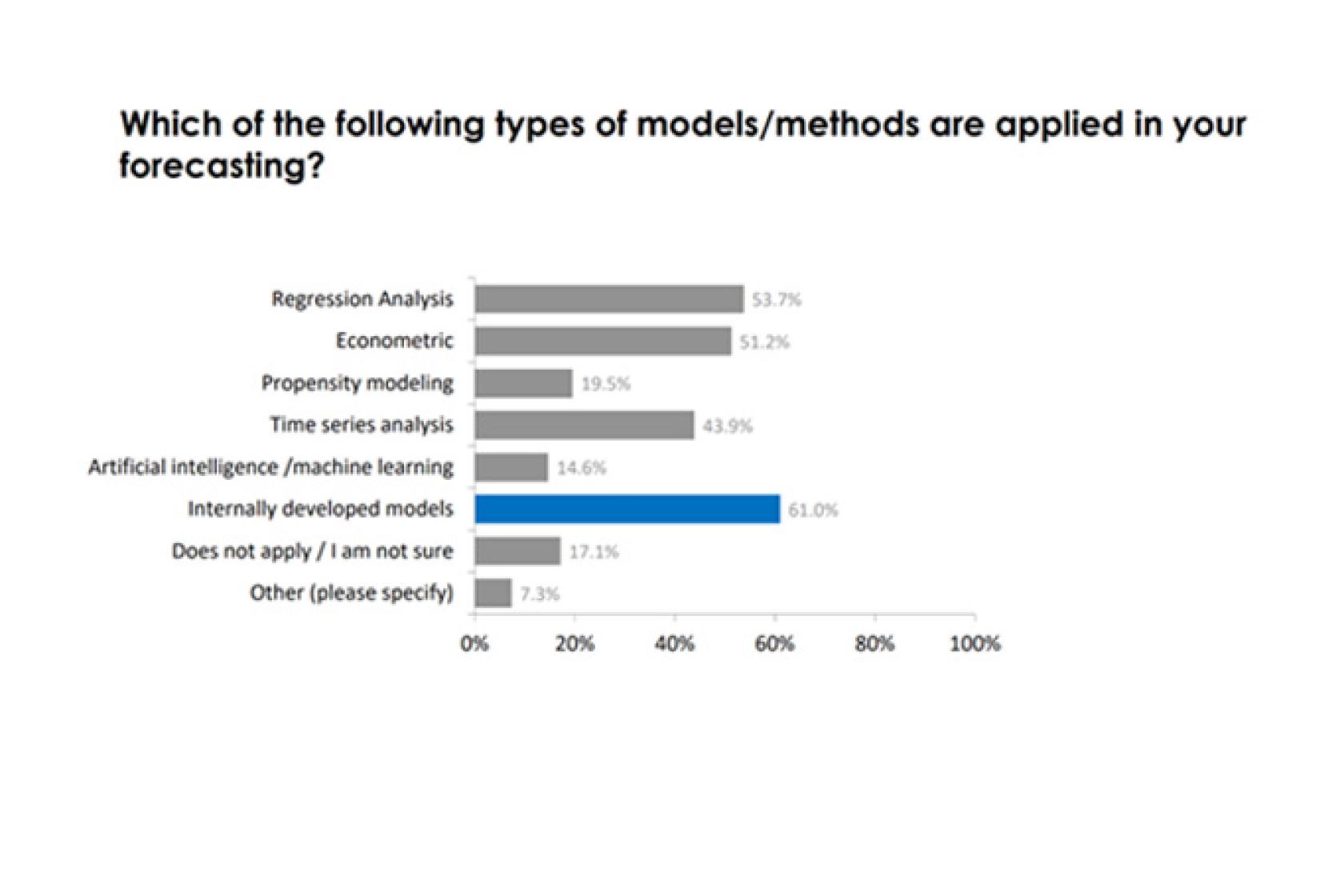
Load Forecasting for Planning Timescales: 2024 Survey
Load forecasting is essential for a range of decisions and applications across planning timescales. However, there can be significant differences in load forecasting approaches across—and within—organizations. This document summarizes the results of a 2024 industry survey regarding current forecasting practices and gaps for planning timescales, with responses from transmission and distribution utilities from the United States, Canada, Europe, Africa and the Middle East.
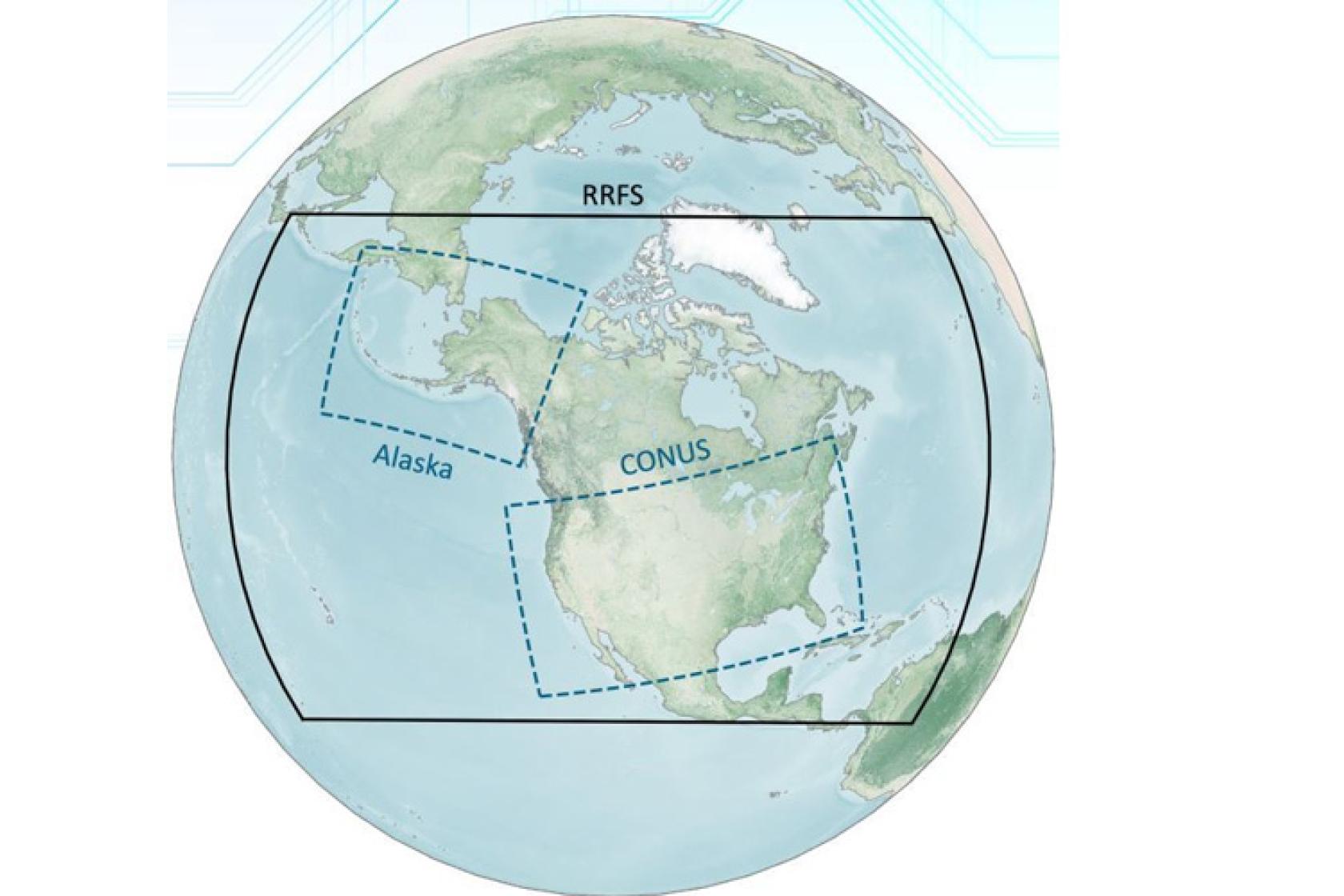
Rapid Refresh Forecast System (RRFS) Quick Insight
Weather forecasts are increasingly important for power system operations. The most common sources of weather forecasts are numerical weather prediction (NWP) models. This Quick Insight provides an overview of the Rapid Refresh Forecast System (RRFS), a next-generation NWP model from the U.S. National Oceanic and Atmospheric Administration (NOAA) for providing weather forecasts across North America.